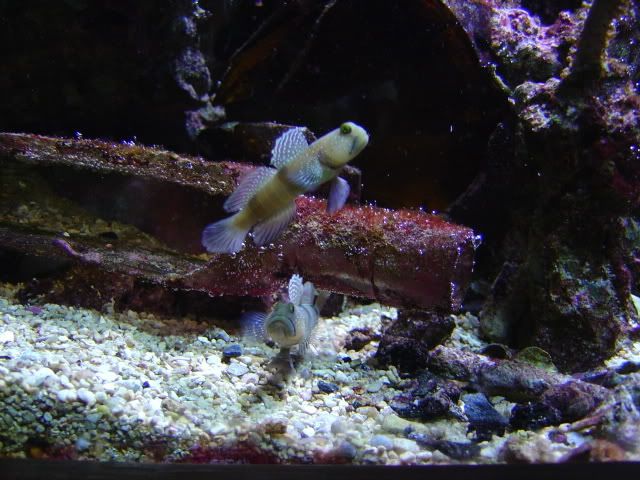Thank you for that insite into the article Booze :tongue1:
Killerdrgn, wow your water really runs around.
Actually the article does say this re cycling of nitrates does not have to happen, he said, it "may" happen and in many DSBs there is a lot of water changing going on to control nitrates. The article further states that as long as the tank has more anoxic areas as opposed to anerobic areas it has a better chance of controlling nitrate.
I also feel as I always have that adding bacteria from the sea is important. I don't mean in a newer tank of only a few years. But after ten or twenty years I am quite sure that a tank will lose bacterial diversity and if you have a DSB in ten years, if that is even possablei I feel it will crash from one or a few causes. One cause would be sand compaction because I know that after a few years, nothing is getting to the lower layers of that tank. I think if you drilled a hole in the bottom glass of a tank with a 10 year old deep sand bed, I doubt any water would leak out.
I am not going to test that but I know what happens when you mix sand, detritus and dead bacteria together and let it sit un disturbed for 10 years.
I also think a four or five year old tank will be fine no matter what substrate you have. I have amphipods older than that :tongue1:
I need my tank to last forever and I only want to change water to add trace elements.
This is only one article and I personally did not write it. I spoke to Bob Goemans about it and he told me the research that went into it.
We can of course just ignore it but if I had a DSB and I also had high nitrates, I would drive myself crazy trying to figure out why.
Now at least there is a theory. It sounds plausable to me but I am not a bacterologist just a retired electrician with a fish tank

Or it could just be the bottle.
I better not empty those bottles in my tank







